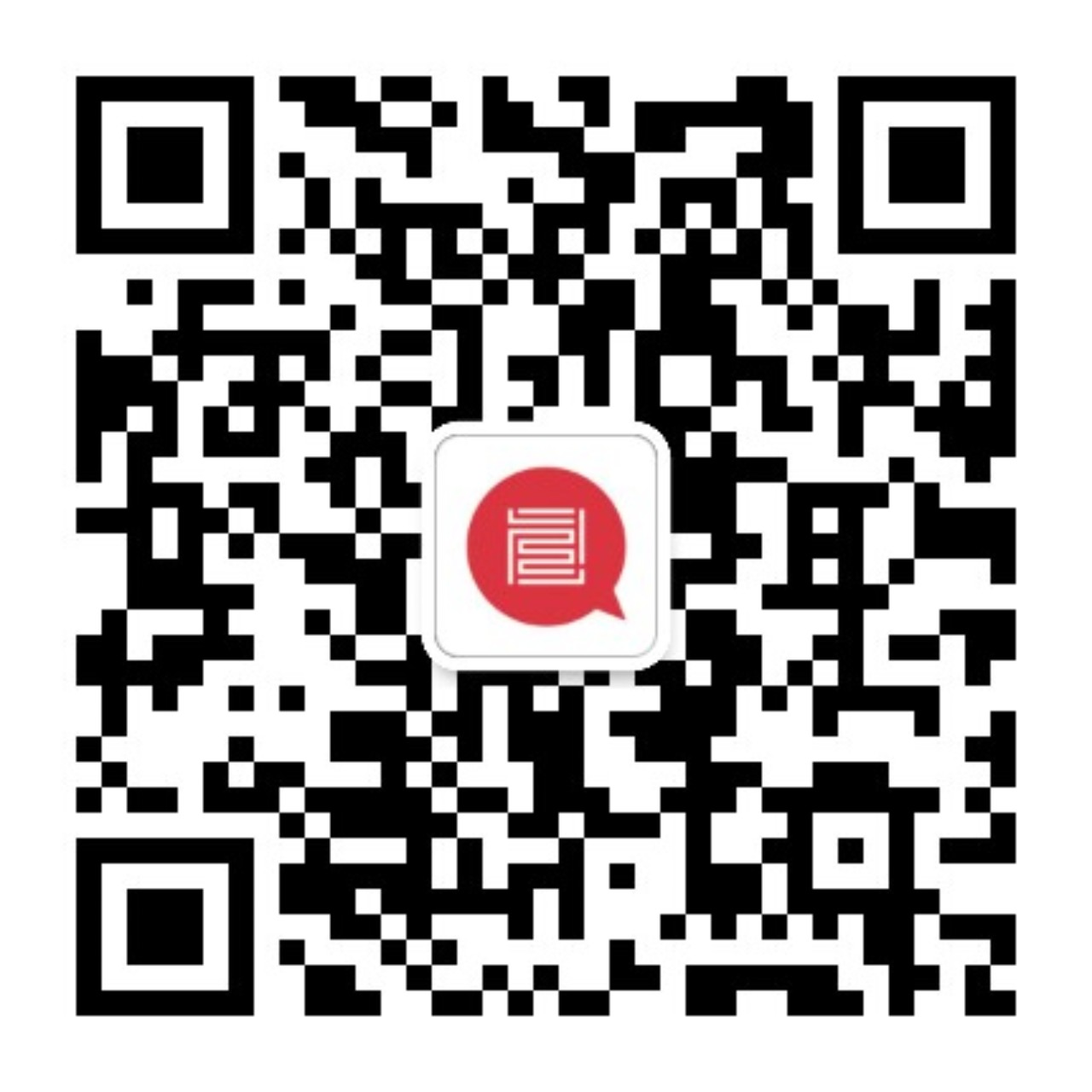


Click Ten Gallery 荣幸地宣布即将在画廊一层展厅举办《“谢大师”,绘画无意识——谢聿明个展》,展览将于2025年3月1日15:00正式开幕!展览将持续至4月7日。
Click Ten Gallery is pleased to present "'Great Master Xie,' Drawing Unconsciousness — Xie Yuming Solo Exhibition," in our first-floor gallery. The exhibition will officially open at 15:00 on March 1, 2025, and will remain on view through April 7.

1F
“谢大师”,绘画无意识——谢聿明个展
"Great Master Xie," Drawing Unconsciousness — Xie Yuming Solo Exhibition
艺术家 Artist
谢聿明 Xie Yuming
策展人 Curator
雷鸣 Lei Ming
开幕时间 Opening
2025.3.1 15:00
展期 Duration
2025.3.1 - 4.7
Click Ten Gallery
北京市朝阳区798艺术区内706北路东
706 North Road East, 798 Art Zone, Beijing

“在那里,思想和盲目相统一的急速的轨迹,最好地出现了。”
—安东尼奥·索拉

物质不是图像,布面丙烯,综合材料,104x95cm,2015
在学习绘画的时候,班上总有那么一两位“大师”吧?他们要么是技艺精湛,要么是特立独行,总之,让我辈芸芸众生自愧弗如、望洋兴叹。何况,谢聿明的“大师”称号,是经过认定的:2019年,他创作的科幻题材的玉雕作品曾在玉雕大师杯的比赛中夺冠。

作品局部
在他迅即、不稳定的绘画中,谢聿明在深思熟虑和随机性之间,揭示了绘画的“无意识”——一种根植于本能的、“元绘画”式的洞察。对于艺术家来说,接近于真理的洞察时刻是明晰的,又是转瞬即逝的;就像天启到来的时刻——从根本上说,这是无从准备的:当他在画布上画下第一笔,就开始期许并等待着真理的显现。谢聿明绘画中最常用的媒介是纸张、色粉笔、炭笔和蜡笔,偶尔也使用丙烯颜料。他选择了更为快捷、直接的工具来捕捉情感和冲动,这种记号式的表达,令他的作品更接近于素描的纯粹性。

闲鱼灵感器,纸本色粉,蜂蜡,99x90cm,2024
展览将从两个方面来展示谢聿明的“绘画无意识”。首先,是他对事物整体印象或局部特征的表达。比如,他生活的南方地区,无论两广还是云南,生长着茂密的热带植物,高高低低的植物如不同图案的织物,形成了一幅葱茏的图景。在广东期间他曾贩售过热带植物,因此,“花园”的意象也时常出现在他的作品之中。“郁郁葱葱”的构图,成为他的一种绘画和空间上的无意识:纸张被划分为不同的色域,同时被赋予不同形态的线条,它们饱满而富有张力,体现出一种生命力的竞争和扩张。另外,这也与他从事的翡翠加工行业有关:当一块翡翠原石到了雕刻师的手中,他的第一反应是避开石头上的裂纹,划分出可用的区域。

上海南京东路,纸本丙烯,拼贴,120.5x146cm,2022
如果说2019年以前,谢聿明的绘画还处于“坏画”的阶段,还在借用他人的话语结构输出自己的情绪的话,那么,随后这些个体独有的经历,渐渐形成了他的无意识心理结构,并在不断的涂抹中渐渐浮现了出来,这是他自我存在的暴露和涌现。他的创作过程是由情感驱动着的书写——不仅仅关乎于动作和姿势,也关乎硬度和触感,因此他特别的凸出了线条的力度和质量。巴塞利茨在《自画像:尔所不是者》中写道:“甚至当一个人看见了什么并把它画下的时候,他就反思了‘如何素描’,反思了细微的点,例如,小支架,颜料,线条,曲线,等等。” 谢聿明用作品中的线条构建起对世界整体印象的无意识:事物轮廓的细微转折,氛围,运动趋势,朝向、对称性的标记,情感和冲动。

宜家的鱼,布面丙烯,纸上拼贴,157x163cm,2017
谢聿明的作品中还展现出另外一种关于绘画的无意识,是概念层面的,我们可以用维特根斯坦的“家族相似性”来理解。他认为某个集合范畴的成员不必具有该范畴的所有属性,一个成员与其他成员只要有一个或多个共同属性就可以了。范畴成员的特性不完全一样,范畴也没有固定的、明确的边界,而是随着社会的发展和人类认知的提高而不断形成和变化发展的。谢聿明对绘画的认识也是如此:他从不用某种材料、固定形式来定义绘画。相反,他特别关注日常生活中那些“绘画”的相似物,诸如街道旁堆放的金属板、木板,快递公司使用的泡沫、纸箱、胶带,卖场中的布料,或者墙面上的水渍和污迹。他一面惊异于这些日常物组织为绘画的潜力,一面诧异于这些物质在当代绘画经验中的阙如。
日常物的图案、肌理和形态,都可以被视为绘画中的笔触;而纸箱、泡沫、胶带,都可以成为绘画的装裱和边框。对“绘画的相似物”的强烈兴趣,促使他在城市及其边缘地带不断的探索,在新的发现和经验中寻找“绘画”组装形式的可能性,烙印出新的绘画无意识。这甚至是出于原始的、本能的反应:在那些暂时从功能中解脱的、留下了使用形态的日常物中,寻找表达的空间,将时间和事物的姿态标记为绘画。在抛弃了自我身份(游荡)和对绘画的狭隘定义(绘画无意识)的双重限制之后,表达者和他所使用的材料都处于理性的规定之外,这时我们才能把绘画理解为真实和自由的。

作品局部
“大师”的称呼当然包含着少年时代的恶作剧,但是它包含着同样真实的爱:“其密切的遭遇让你分不出是谁的足迹。肯定是爱的地图”(约翰·伯格,《抵抗的群体》),也包含着一种敬意:“当素描追求其自身的冒险时,它就逐渐地打破了使之屈从于形式帝国的束缚。它敞开自身,在瞬间的简练的界限处令人眼花缭乱”(吕克·南希《素描的愉悦》)。在谢聿明的绘画中,有一种对于快感的指认,但是,一如他平时的言谈那样,展现出伦理方面的自省和迟疑——在指认出快感的同时,他绝不让自己深陷其中,“让自身之外的某一主体感到狂喜而满足了自己”(阿多诺)。他不断的抵抗绘画中的统一性、画面感和完成感,通过自我的分裂和倍增,对抗着熵增:自我完成的幻觉。

谢聿明
Xie Yuming

谢聿明1986年生于广西岑溪,现工作生活于揭阳及世界各地之间。
2008年,毕业于广西北部湾大学美术教育系。
2009年,进入“也”艺术空间学习翡翠雕刻。
2012年,进修于中央美术学院“当代艺术与批评”专题研修班。
2010 - 2019年,从事翡翠艺术创作,曾获得云南玉雕大师杯金奖。
2023年,创立艺术品牌“enjojo”未果。
展览经历
“假如空间是张白纸”,瀚艺术空间,北京(2018)
“纤移”,采采屋,成都(2024)

雷鸣
Lei Ming

雷鸣,1986年生于青岛。2017年研究生毕业于中央美术学院未来媒体艺术方向。现为自由艺术家,策展人。
策展项目包括:2015年,保利艺术中心,群展《例外状态》;2018年,Gessoisland,群展《数据·图像·异轨》;2018年,松美术馆,群展《Unfreeze》;2019年,山水美术馆;群展《孩子曰》;2020年,798艺术中心,群展《798第一届kids艺术节》;2020年,魔金石空间,管勇个展《管勇个展:内象派》;2021年,华艺术空间,群展《故事新说》;2022年,华艺术空间,皆藤斋个展《被限制的行动,心理电影》;2022年,华艺术空间,吴凌昊个展《情感算法》;2024,1974画廊,香格纳画廊,群展《湍流》;2024,Click Ten Gallery,罗庆珉个展《一种实践》;2024,Click Ten Gallery,山本捷平个展《替身术》。
曾任ARTLINKART中国当代艺术数据库网站编辑。撰写文章在《江苏画刊》《收藏》等多家杂志发表。与林梓、文菲共同创建“批评人Critix”。创建“TZmedium”小组。



已展示全部
更多功能等你开启...





 分享
分享